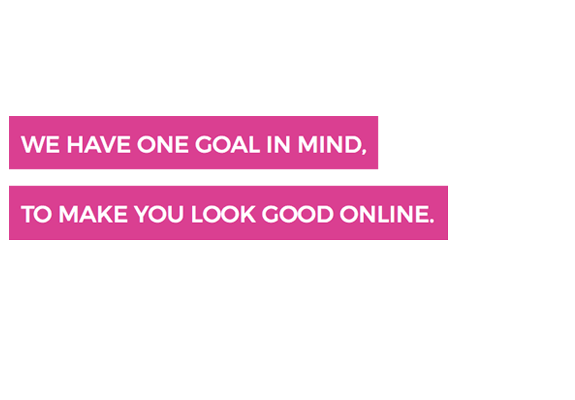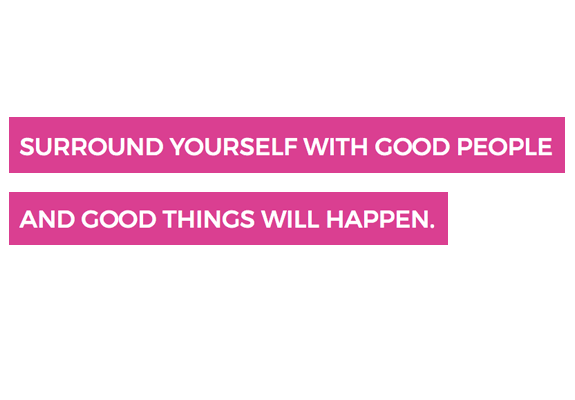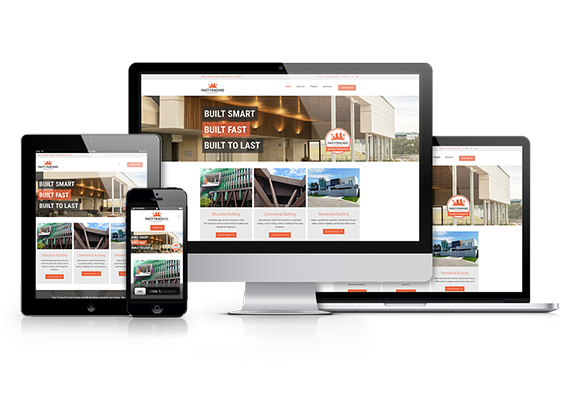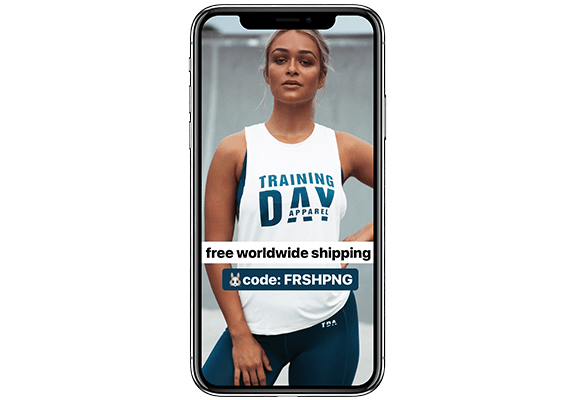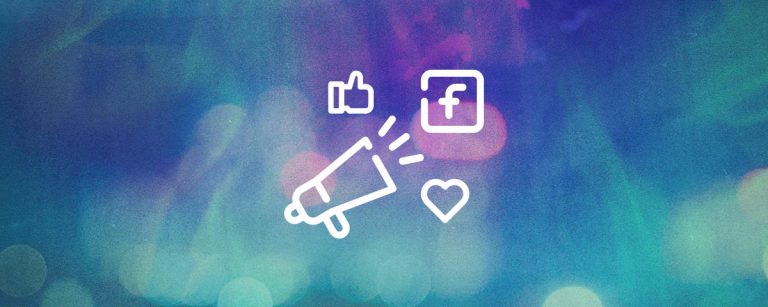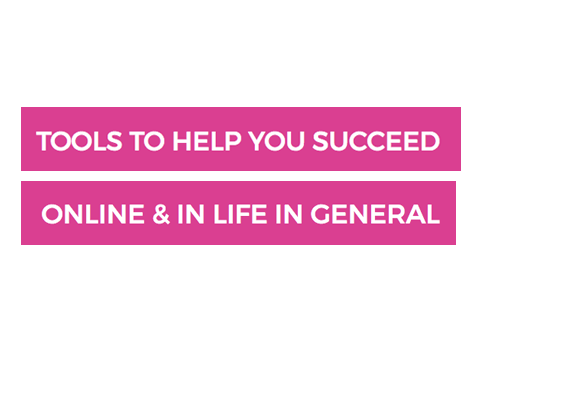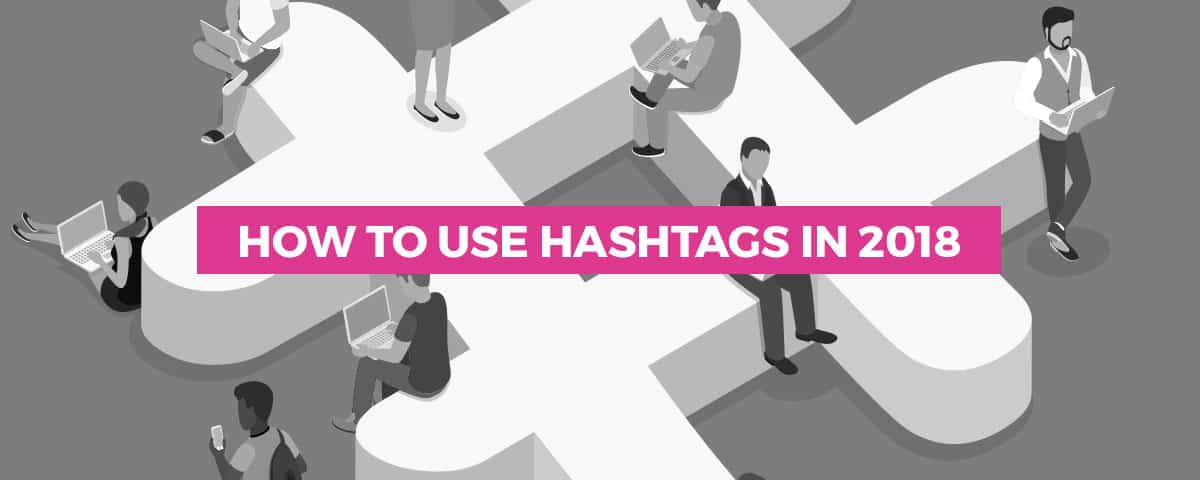How To Use #Hashtags in 2018

How to grow your Instagram followers and increase your sales
September 28, 2018
Using Instagram Stories To Promote Your Business
October 11, 2018How much do you really know about hashtags? Enough to know they can help you grow your business? Not to worry, we’re here to give you the lowdown on how to use hashtags effectively to boost sales and increase profits. Let’s go!
HOW TO USE HASHTAGS 101
What Are Hashtags?
Hashtags are hyperlinked texts used on social networks and other digital platforms to categorize posts and make content more discoverable. They can be created simply by using the ‘#’ symbol followed by a searchable word or short phrase.
Hashtags are a quick and easy way to expand your reach beyond your current pool of followers on social media. The main platforms that utilise hashtags are Instagram and Twitter, but they are also less commonly used on Facebook, Google+ and LinkedIn.
Instagram posts that have at least one hashtag tend to receive 12.6% more engagement than posts that don’t have any #DoItForTheGram. You can use up to 30 hashtags for each post on Instagram, up to 10 on Instagram stories, and now they can even be added to Instagram bios.
Research has shown that Instagram posts with between 9 and 11 hashtags tend to gain the highest engagement level. However, this should only be used as a rough guide as engagement rates are dependable on followings, industries and the content itself.
But it’s very different for Twitter and Facebook. While there are on average 125 million hashtag shared globally every single day on the Twitter, experts recommend using only two or three hashtags per post for optimal engagement on the platform.
Facebook suggests using even less, with research showing best results are gained when using only one hashtag!

When To Use Hashtags
Now you understand what hashtags are, it’s time to turn our attention to when to use them.
As previously mentioned, hashtags are a great way to help categorise posts and make content easier to find. This offers an abundance of potential benefits for businesses, helping them to get discovered by new customers, spread brand awareness, meet like-minded people and build a following.
Here are a few ways you can use hashtags to benefit your business:
#To find targeted customers
Hashtags are a great way to seek and capture the attention of specific demographics. By including hashtags that are related to your industry, product or service, customers who are interested in what you are offering or looking for a service similar will be able to find you.
Example
If you own a restaurant in Brisbane, it can be as simple as using the tag #BrisbaneRestaurant. Local people searching for a new place to dine out may come across your post and visit your restaurant.
#To build a brand
Many businesses create their own hashtag to start a new trend, shape brand focus and encourage users to cross-promote the business on their own social media accounts. The trick is to keep your hashtags short as well as something that is easy to spell and remember.
Example
Coles use the hashtag #ColesMag to inspire people to share and promote their recipes. Alternatively, KitKat use their famous tagline #HaveABreak.
#To create a community
Hashtags can be used to target a broader community of people who share similar interests and/or values. Community hashtags are typically focused on lifestyle and offer a way of expressing ones self, rather than being about a specific brand or product. Community hashtags also develop a sense of being part of a tribe and something meaningful.
Example
Herschel Supply use the hashtag #WellTravelled to find users who share their love of travel and exploring the world.
#To promote campaigns
If you’re hosting a social media competition or campaign, hashtags are a great way to get people to #JoinTheMovement. Hashtags also make tracking and quantifying campaign results easier, particularly when it comes to working with influencers.
Example
Disney teamed up with Make-A-Wish Foundation to create the campaign #ShareYourEars that went viral. People around the globe were encouraged to share photos wearing Micky ears, and Disney donated $5 for every shared photo!
#To jump aboard trends
Stay relevant and up-to-date with popular topics, current events and the latest news in your industry by following trending hashtags. Trending hashtags also help you to find like-minded people who you can spark conversations with and boost your engagement rate.
You can use trending hashtags in your own posts to increase the viability of your content. But avoid using them if they’re unrelated to your post, business or target audience (there’s no point spamming your posts with #WorldPizzaDay if you’re an Indian restaurant).
Example
Post an empowering photo of all the females in your office in celebration of #InternationalWomensDay
How Do I Find The Best Hashtags For My Business?
I’m glad you asked! There are many tools and techniques you can use for finding and managing hashtags. If you’re looking for trending hashtags, Twitter and Google+ make them easy to find by showing them on their homepage.
When looking for hashtags that are specifically related to your business, we recommend researching the hashtags that local influencers in your niche are using as well as competitors. Instagram also provides a list of related trending hashtags to any word you type in on the explore page for inspiration.
It’s worth checking out Hashtagify.me and RiteTag, which are great tools for finding trending hashtags related to specific industries. Furthermore, services like Later help you to schedule and keep track of which hashtags you have used, their engagement rates and discover which ones work best for your business.
The Do’s and Don’ts of Hashtags
And finally, here are some key takeaways before we send you off happy tagging:
Do’s
- Keep hashtags short and easy to spell
- Use alliteration, rhyme or puns. E.g. #SundayFunday, #ThrowbackThursday
- Use hashtags cross-platform for unity and brand recognition
- Only use acronyms if they are well-known and make sense
- Camelcase your hashtags. E.g. #TributeMediaTuesday is easier to read than #tributemediatuesday
- Use locations or location-specific hashtags. E.g. #BrisbaneHairdresser
- Support other businesses by using their hashtags when appropriate. E.g. tag #DonutTime when you order your weekly batch to the office!
Don’ts
- Spam trending hashtags, especially if they’re unrelated to your post or business
- Use vague or overly populated hashtags as your post will most likely drown among the millions. E.g. instead of using the term #coffee, use #brisbanecoffee or #queenstreetcoffee for more a targeted audience (BUT don’t rule out popular hashtags entirely. Universally popular tags can work well if your content is great)
- #hashtag#every#word#of#your#post. #ANNOYING!
- Use extremely long hashtags as they can be difficult to read
- Use the same hashtag more than once in a post
- Use same hashtags for every single post. It’s good to mix it up with the potential to reach new people
- Use hashtags in comments and replies to customers. Marketing should be kept out of your dialogue

